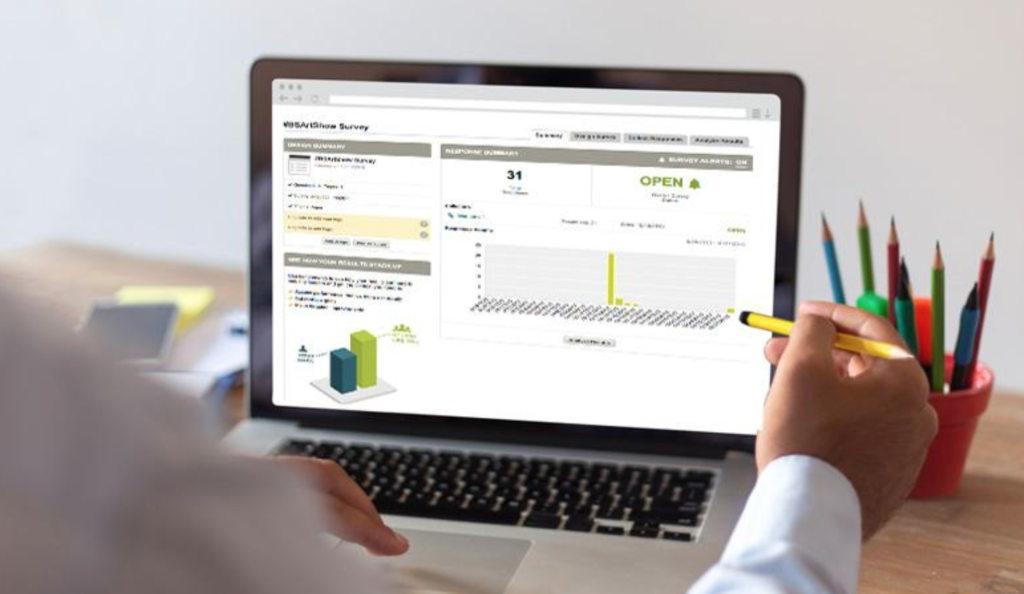Due to enhanced modern research methods, you have a very feasible option of drafting up an online survey questionnaire and forwarding it to your sample population. Your responses are recorded automatically using tools such as Google forms. This helps with two important things, i.e. the cost of data collection and the time to collect data. You do not physically have to meet a person and hand them the questionnaire, and a simple link can be forwarded via email or any OTT device.
Your survey questions have to be phrased in just the right way to remove any bias, ambiguity, and data that is missing. Companies such as (OvationMR.com) provide tools that have been proven to structure questions to screen respondents and categorize them accordingly.
The process includes:
- Screening: This step consists of a set of standard questions to check bias and relevancy with the research, if answered incorrectly, these answers are not taken into consideration. The non-qualified are ‘terminated’ from the research process
- Questionnaire: The respondents who pass the screening are then allowed to submit the questionnaire outlining questions relevant to the area of the study. Respondents are requested to remain unbiased and to fill out the answers honestly to the best of their abilities.
- Demographics: The demographics help us define and understand our data set from the questionnaires. For example, an age bracket of 28-35, location-based in the United States etc.
Survey questions you can use for the online research:
Common types of online surveys include:
- List of dropdowns: Allows respondents multiple specific options to choose from. Dropdowns are mostly used to define categories.
- Multiple Choice Responses: These types of questions entail providing our respondents with multiple choices for each question to choose from. This is the most common method for surveys. Normally includes an ‘Other’ option that one can use if the choices do not resonate with their required responses
- Single Choice Responses: Single choices, similar to multiple choice questions enable users to pick one specific option out of a set of options. Does not contain the ‘Other’ option.
- Likert Scale (5 point or 7 point): The LIkert scale is one of the most widely used scales in research which consists of either 5 responses ranging from agree to strongly agree for example or 7 responses that can be filled out by respondents and thus standardized data analysis can be run on the fixed number of options.
- Ranking: This interactive method of doing research entails the respondent ‘ranking’ a certain item in terms of importance for example, the top most part which get’s the highest ranking. This gives us an insight into our customers mind.
- Open-End Numeric: Open-End Numeric enables respondents to fill out numbers as responses. Examples may include “How many hours did you work today?”, there will be a box underneath the question where you can record numbers, for example 10 hours
It is always recommended to give companies such as Ovation an opportunity to take the stress of preparing survey questions off of your shoulders. Experts prepare strategic questions according to their years of expertise.

